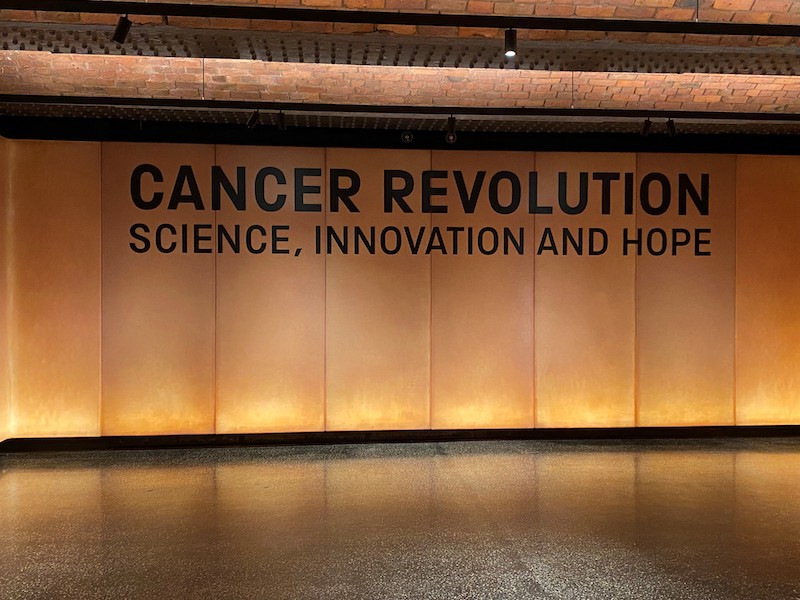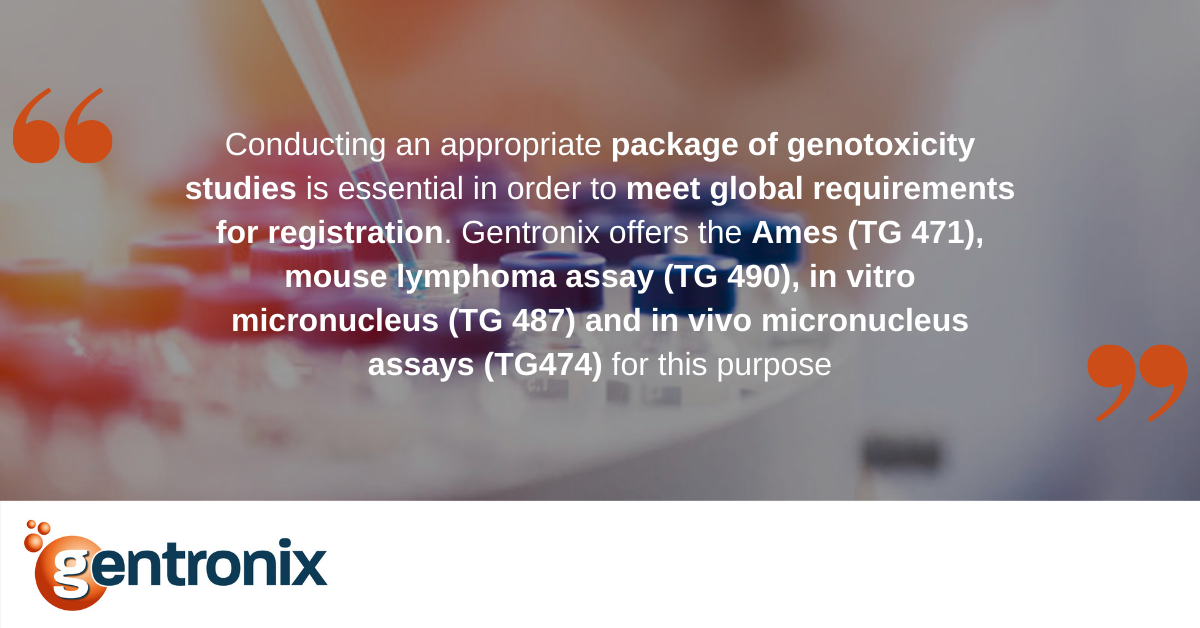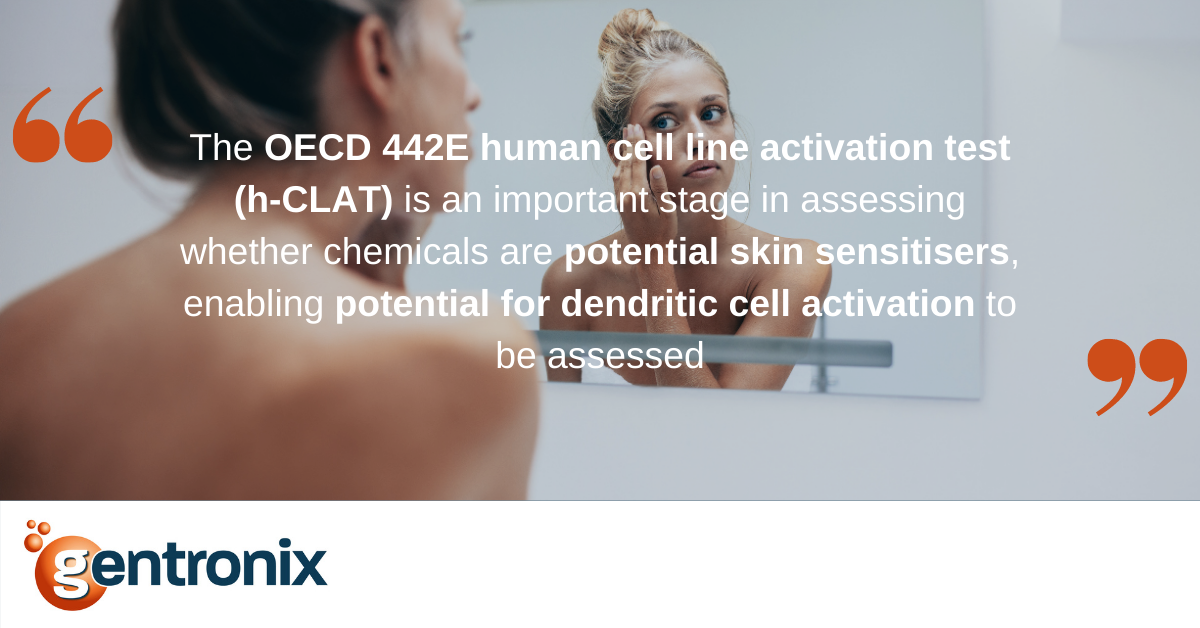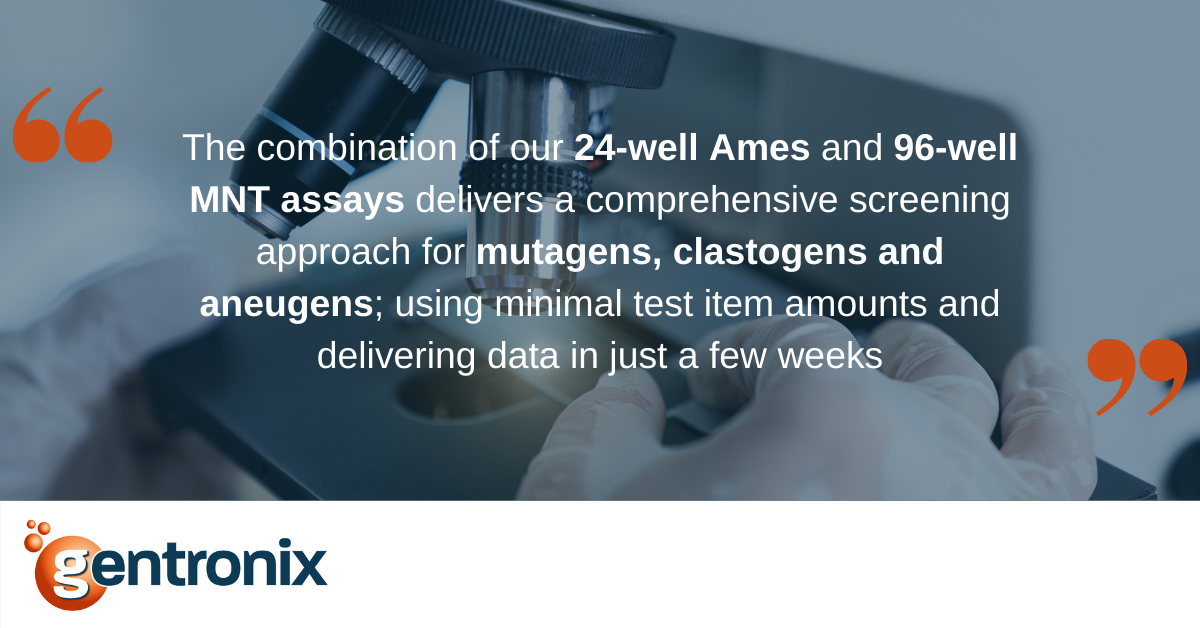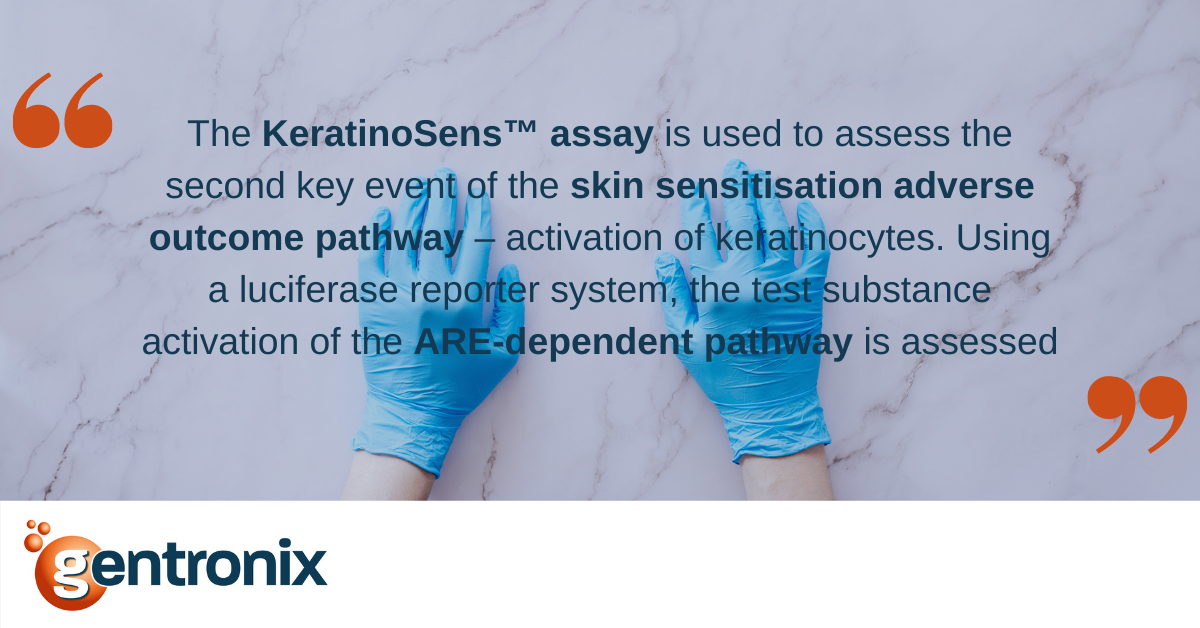Gentronix was contacted by the lead curator of the Cancer Revolution: Science, Innovation and Hope exhibition, who was looking to collaborate with specialists within the Genetic Toxicology field. As she was particularly interested in featuring the Bacterial Reverse Mutation Test, we, as scientists within the Ames team, were delighted to meet with her (via Teams, the new normal) and discuss ways to help. We considered everything from the target audience, how we could make our contribution as interactive and informative as possible and how we would make it visually appealing. Creating a visual representation without using hazardous materials was a little challenging. However, we overcame this, supplied a collection of consumables, and created replica plates using photographs taken in the laboratory.
Following the OECD 471 guideline, the Ames Test is a bacterial reverse mutation assay that investigates test substances’ ability to cause specific mutations in certain bacterial strains. It is used to detect DNA reactive mutagens that could potentially cause cancer, so the results are taken very seriously when assessing safety. At Gentronix, we run non-GLP and GLP versions of the Ames Test in various formats for screening and regulatory testing purposes.
We attended the exhibition launch in October 2021 at the Museum of Science and Industry in Manchester. During the evening, we heard emotive, personal accounts from local Coronation Street stars Maureen Lipman and Victoria Ekanoye, who shared their family experiences and explained the positivity they got from seeing how treatments have advanced. The popular broadcaster and Patron of Bowel Cancer UK, Deborah James, also shared a poignant video message in which she detailed some of the revolutionary medicines, clinical trials, and treatments that she credits to keeping her alive. This captured the exhibition’s spirit, displaying the milestones that have already been achieved in cancer care through to the novel research currently taking place, leaving visitors with a feeling of hopefulness with the progress being made.
Following the reception and speeches, we were fortunate to look at the exhibition first. We found that it incorporated some highly technical scientific methods and concepts. Still, the way they were presented in bite-size pieces, along with interactive elements and personal accounts, broke down its complexity. This makes it an interesting and educational visit for many people, regardless of scientific background. The exhibition gives everybody something to relate to. Although there are hard-hitting elements, it explores the Cancer Revolution, and we are proud to have contributed to its success.
